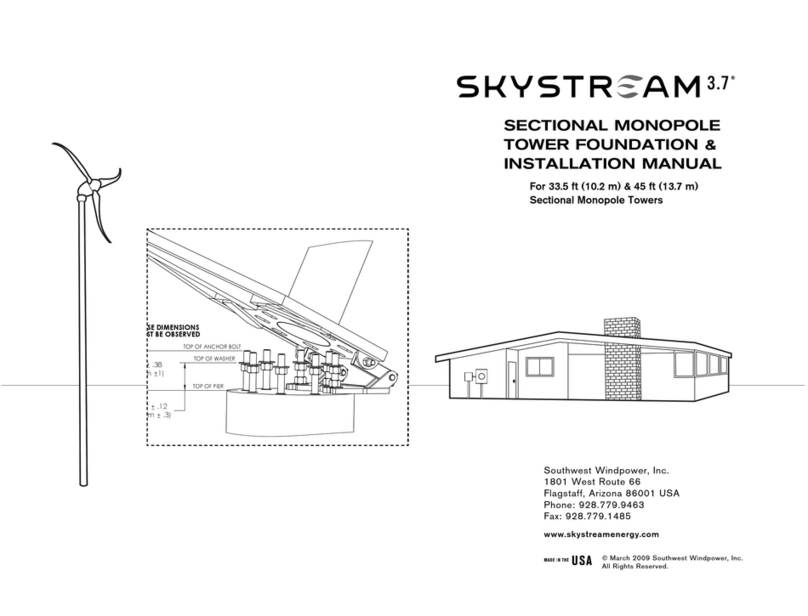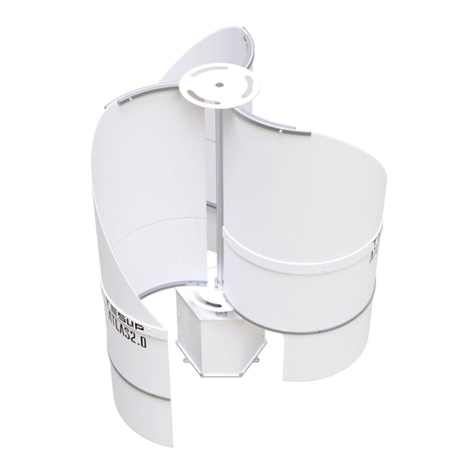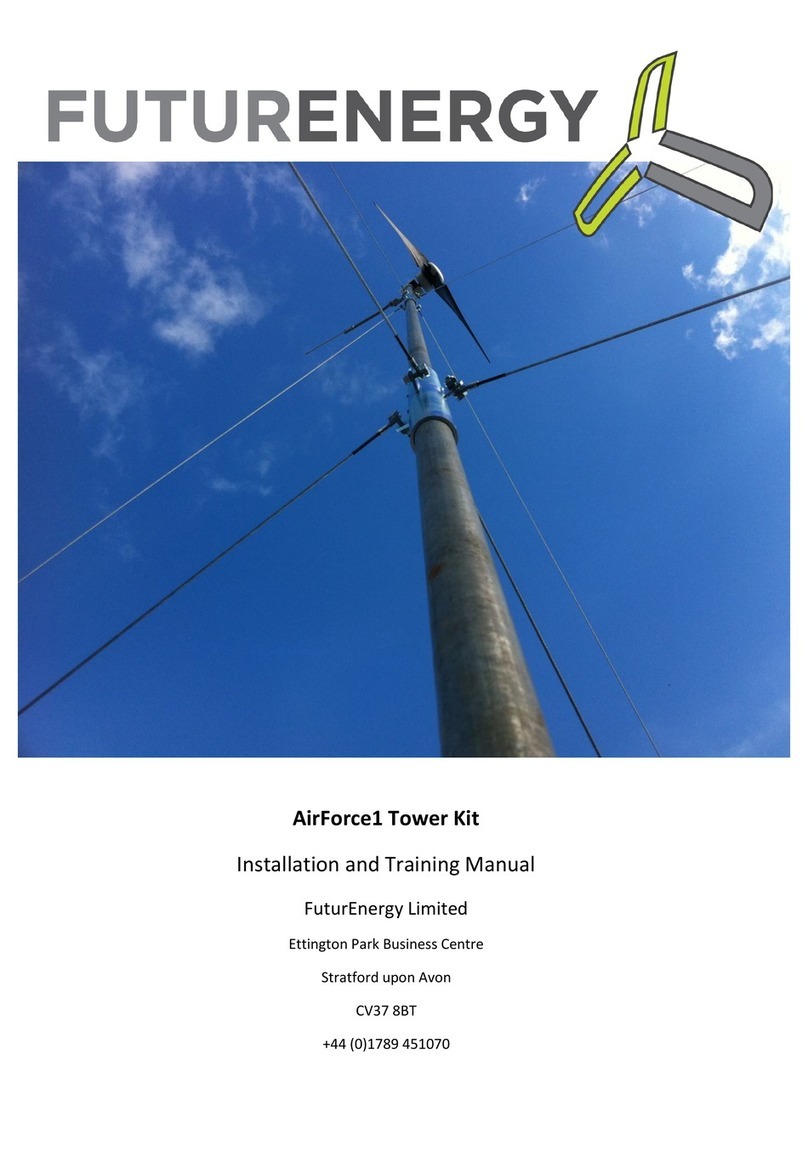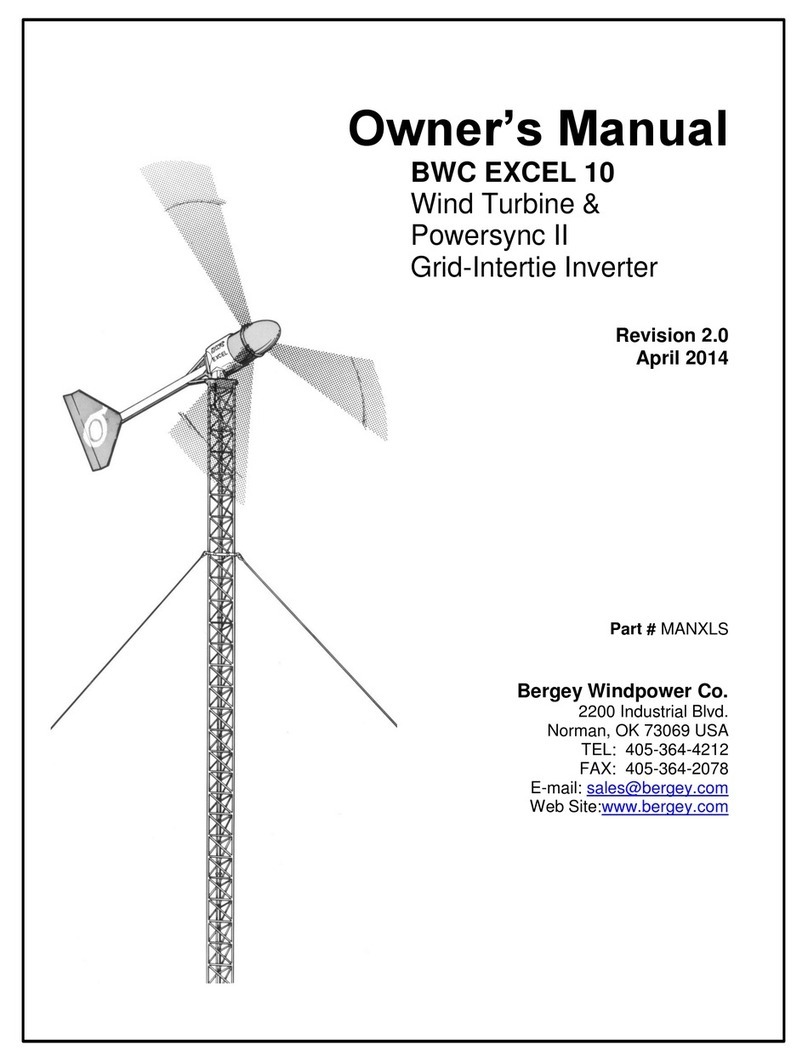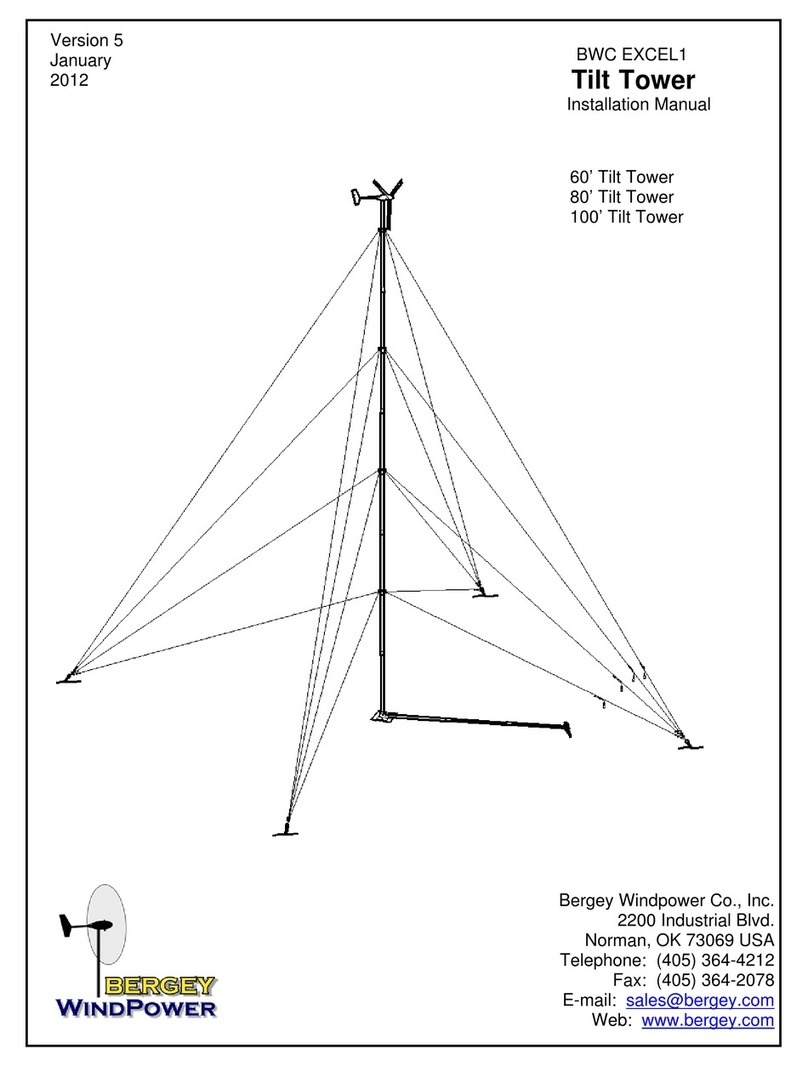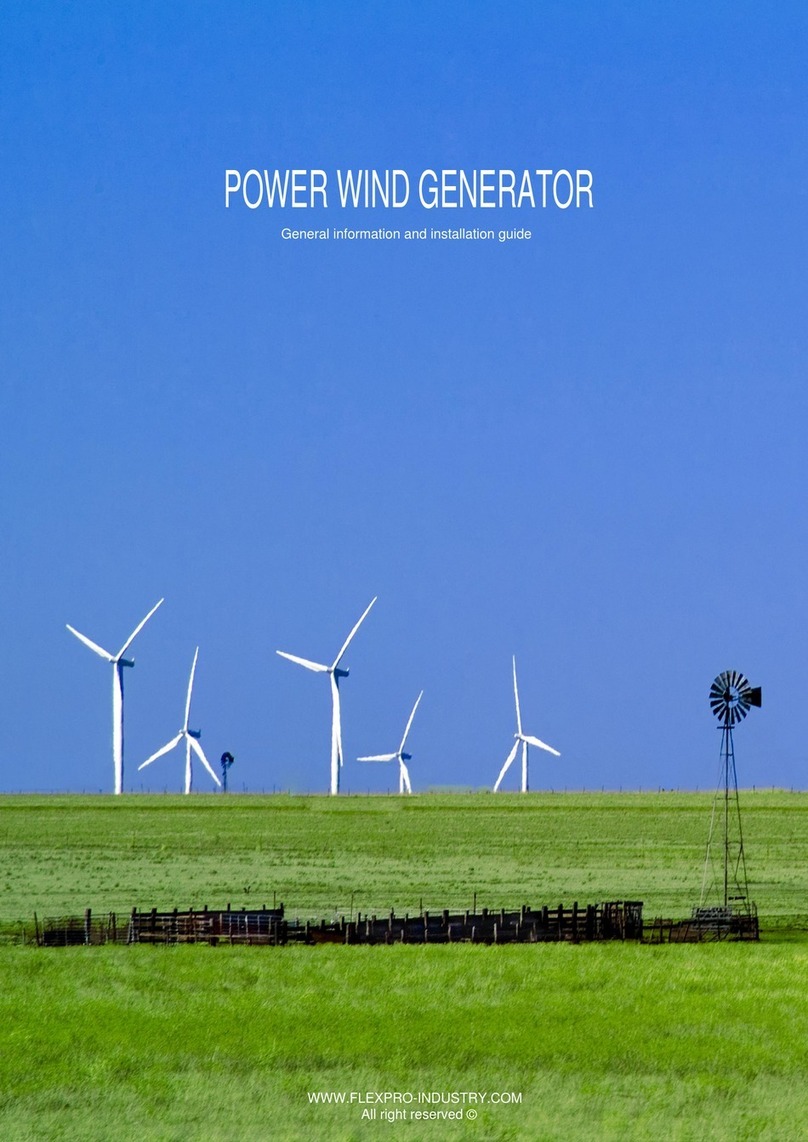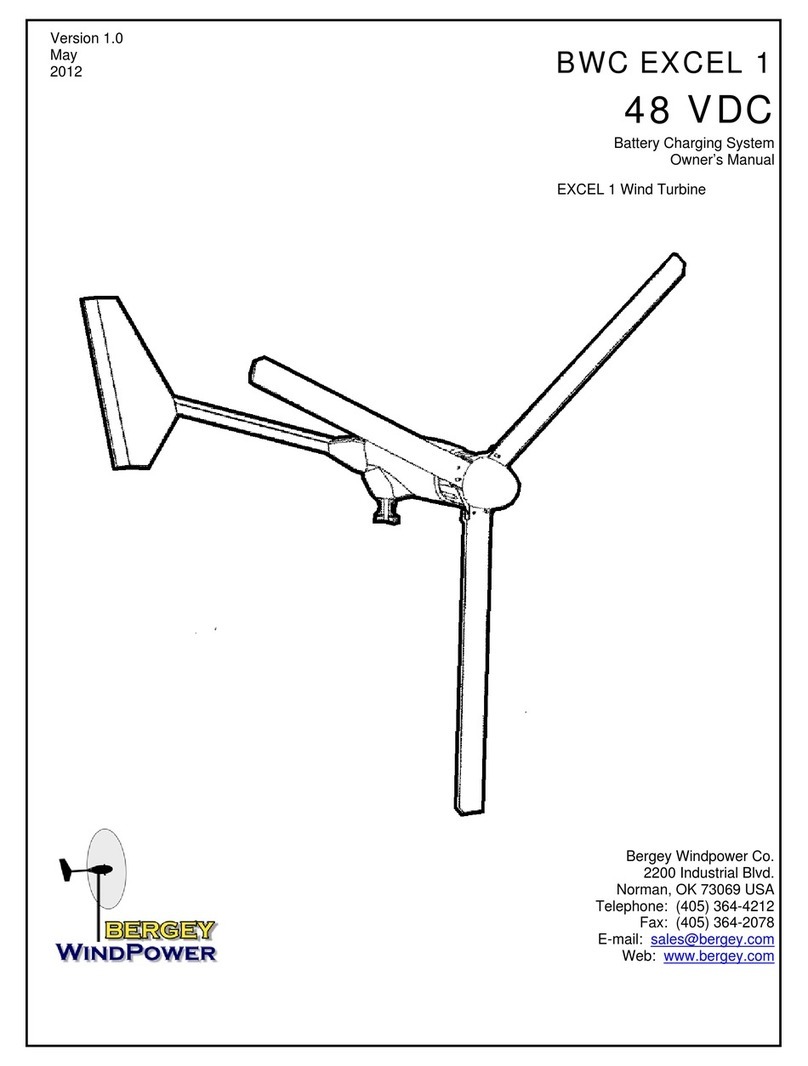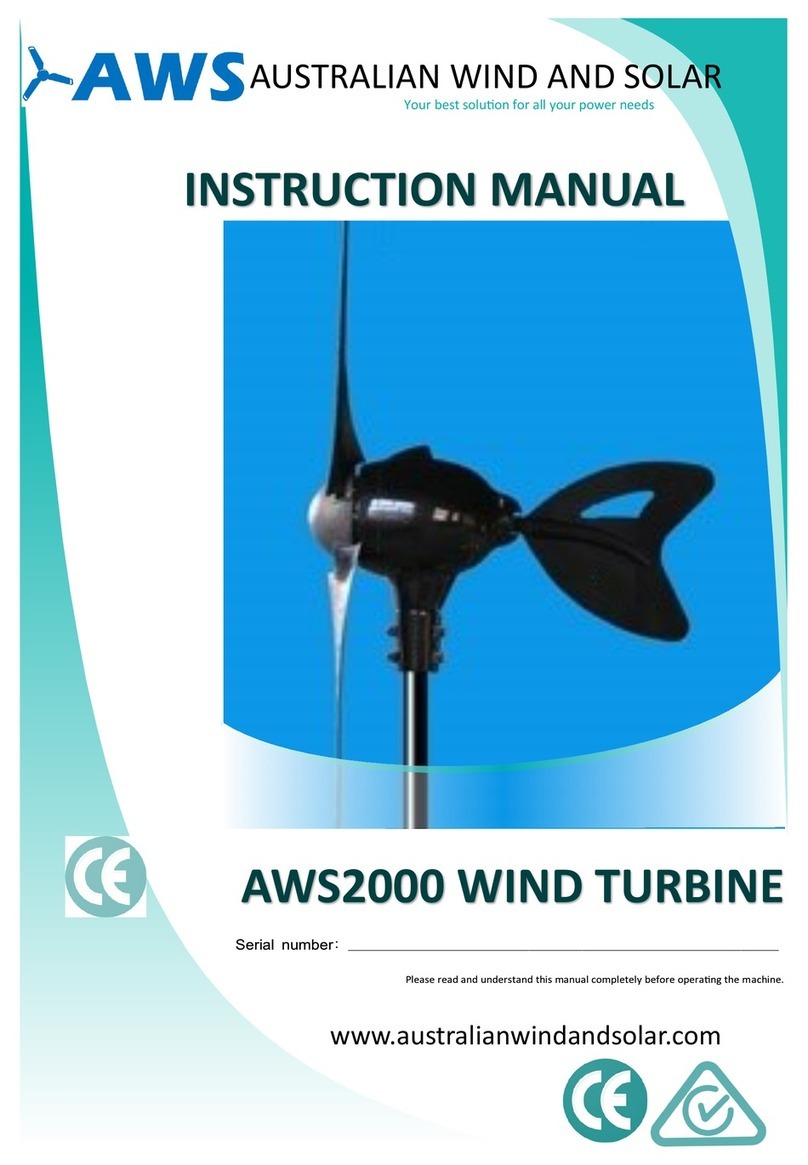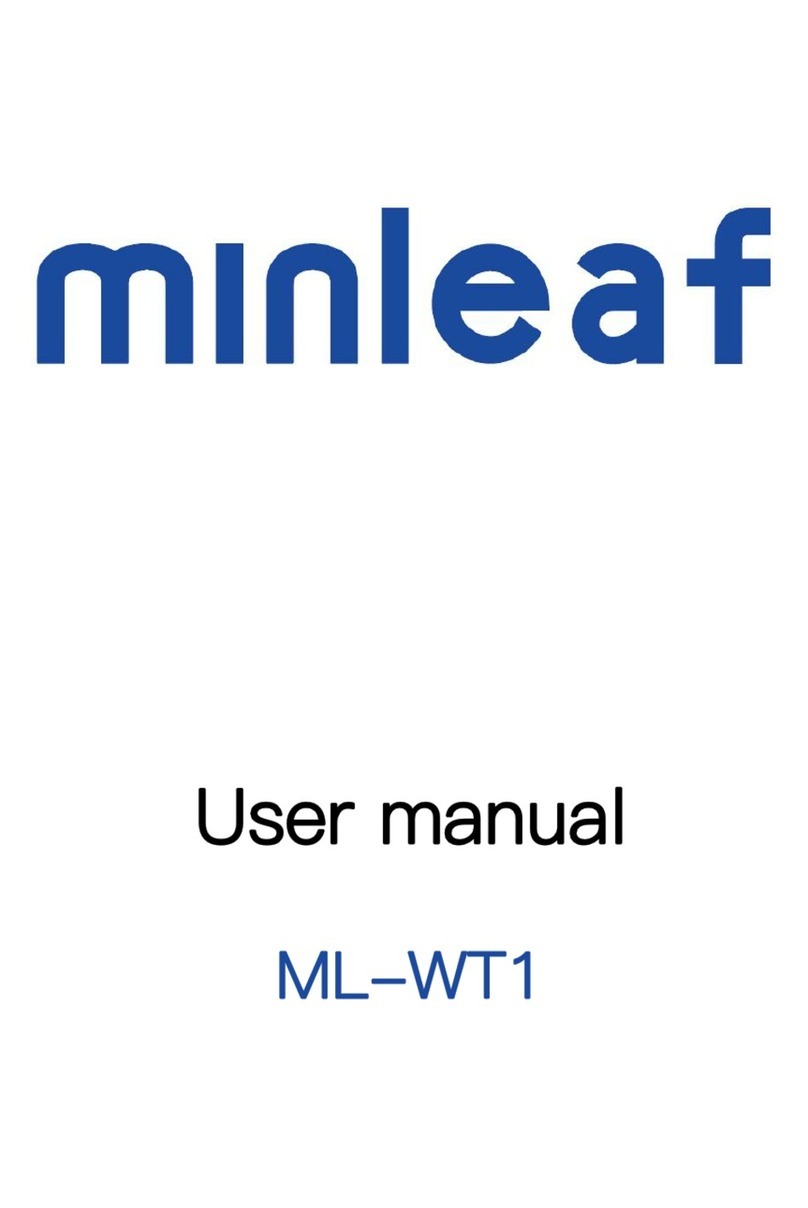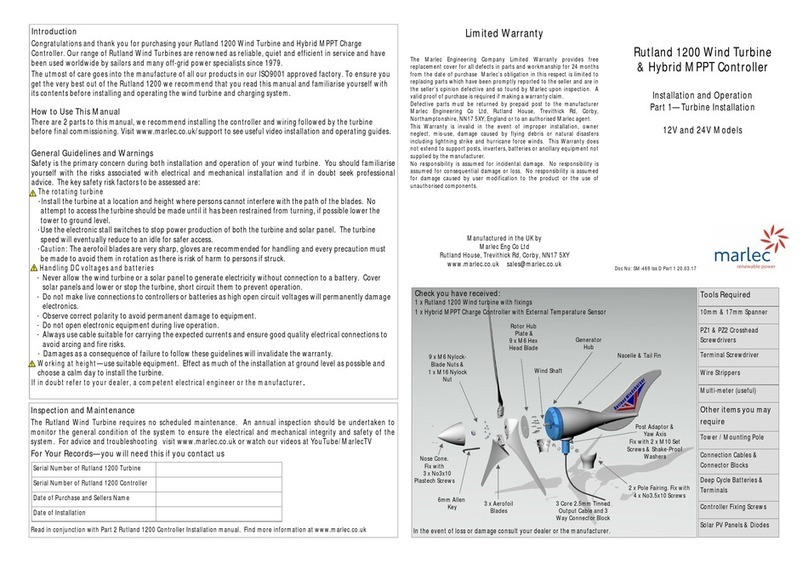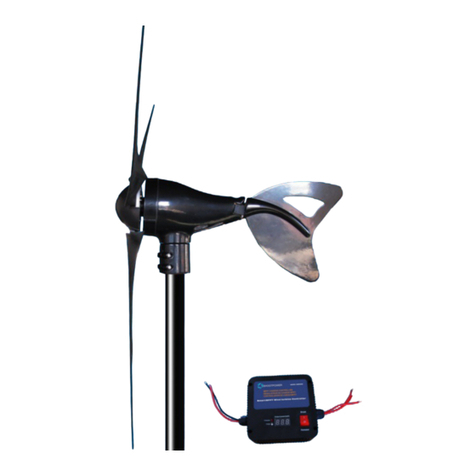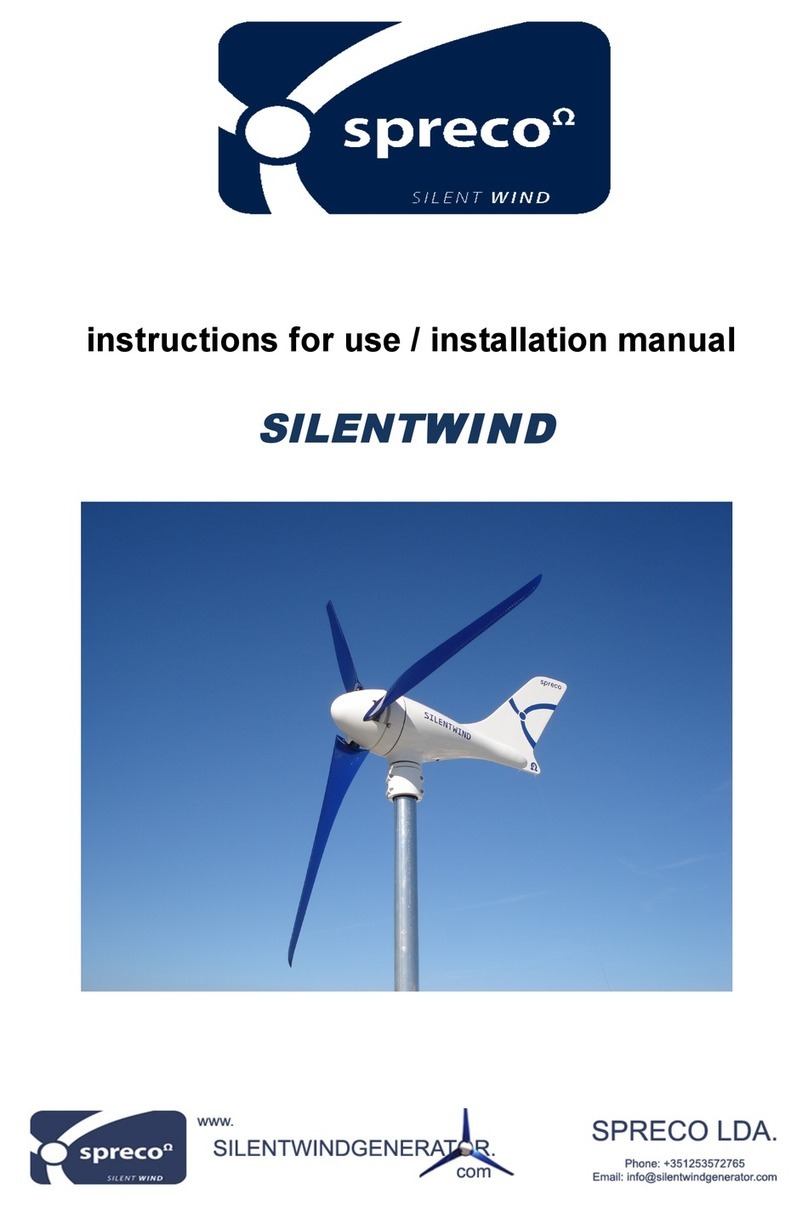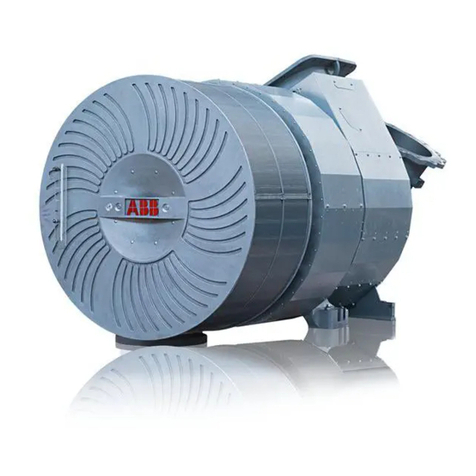
5
by a factor of eight (23= 2 x 2 x 2 = 8). One result
of this relationship is that there is very little energy
available in light winds. For the average site,
winds in the range of 5.5 – 9 m/s (12 – 20 mph)
will provide most of the system’s annual energy
production.
B. High Winds - AutoFurl
During periods of high wind speeds the AutoFurl
system will automatically protect the wind turbine.
When furled, the power output of the turbine will
be significantly reduced. In winds between 13 m/s
(29 mph) and 18 m/s (40 mph) it is normal for the
turbine to repeatedly furl, unfurl and then furl
again. In winds above 18 m/s (40 mph) the tur-
bine should remain continuously furled.
AutoFurl is a simple and elegant method of pro-
viding high wind speed protection. The AutoFurl
system is based on aerodynamic forces on the
rotor, gravity, and the carefully engineered ge-
ometry of the wind turbine. As shown in Figure 4,
the aerodynamic forces acting on the blades
cause a thrust force pushing back on the rotor.
This force increases with increasing wind speeds.
Figure 4, AutoFurl
The thrust force acts through the centerline of the
rotor, which is offset from the centerline of the
tower pivot axis (yaw axis). Therefore, the thrust
force on the rotor is always trying to push the rotor
over to the side, away from the wind.
But the rotor is kept facing into the wind at speeds
up to ~ 12.5 m/s (28 mph) by the wind turbine’s
tail assembly. The tail, in turn, is kept straight by
its own weight because its pivot at the back of the
nacelle is inclined. So the weight of the tail holds
it against a rubber bumper and the tail holds the
rotor into the wind.
The geometries in the systems are carefully bal-
anced so that at ~ 12.5 m/s (28 mph) the rotor
force acting on the yaw-offset is large enough to
overcome the preset force holding the tail straight.
At this point the rotor will start turning away from
the wind or furling. The tail stays aligned with the
wind direction. The speed of furling depends on
the severity of the wind gusts and whether the
wind turbine stays furled depends on the wind
speed.
As the wind turbine furls the geometry of the tail
pivot causes the tail to lift slightly. When the high
winds subside the weight of the tail assembly re-
turns the whole turbine to the straight position.
The AutoFurl system is completely passive so it is
very reliable and since there are no wear points,
like in a mechanical brake system, it is very ro-
bust. AutoFurl was used in the very first wind sys-
tem produced by Bergey Windpower in 1980 and
in every unit produced since. AutoFurl is an im-
portant element of our success.
There is one situation in the field, however, that
we have found can disrupt the operation of Auto-
Furl. If the wind turbine is installed on a sharp hill
or next to a cliff so that the wind can come up
through the rotor on an incline (e.g., from below;
as opposed to horizontally) we know that this will
affect furling and can produce higher peak out-
puts. We strongly recommend avoiding this situa-
tion.
Caution
Do not install the XL.1 wind turbine near
cliffs or precipices or on sharp hills such
that the wind does not travel horizon-
tally through the rotor.
C. Unloaded Operation
As the battery bank voltage rises the PowerCenter
controller will try to regulate this voltage by switch-
ing off the solar charging and applying the op-
tional Extra Load (or “dump load”). If these
measures are not adequate then the PowerCenter
will momentarily disconnect the XL.1 wind turbine,
